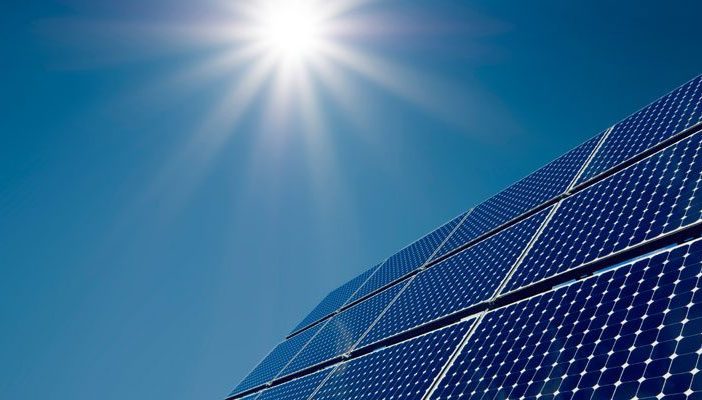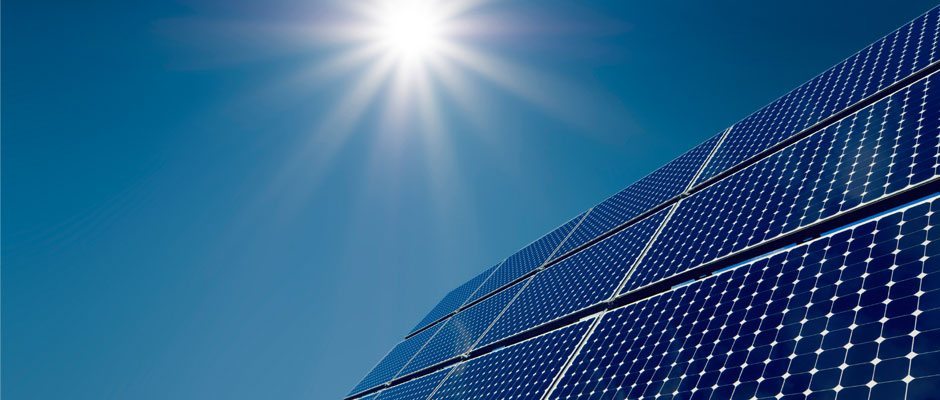
After months of uncertainty, it looks like Victoria’s solar industry can finally breathe a collective sigh of relief, with the introduction of a ‘more rebates, more often’ approach that should help return stability to the market.
For those companies that managed to pull through the months of turmoil, they can now get back to the important work of bringing the state’s electricity system into the modern era.
The government’s policy shift is undoubtedly a direct result of the increasing pressure from industry, led by fierce and vocal efforts from the Clean Energy Council, Smart Energy Council, Solar Cutters and countless other organisations & individuals.
Finally, in response, the government has allocated a larger budget and a greater number of overall incentive slots to the program, plus greater safeguards for safety.
But will it fix the problem for good? Let’s have a look.
Here are the key changes to the Solar Homes program that the government has brought in:
-
An extra 23,000 rebates have been made available this financial year.
-
Rebates will be released on the first and third Monday of each month, smoothing demand more evenly across the month
-
The number of rebates has increased from 3,333/month to 6,500/month in October and November, and to 5,000/month from then on (except for January – always a slow month anyway – which is only 4,000). September’s release will be boosted to 9,750, forward loaded into the first fortnight in order to release built-up pressure.
-
The value of each rebate (~$2,250) will remain at the current level until 1st January 2020, when it was previously set to reduce anyway. That reduction is likely to drive a surge in demand in November and December
-
Solar retailers will be able to upload complete quotes at any time, normalising their workflow.
-
The web portal will be streamlined, and controversial aspects of the scheme including facial recognition will be removed later in the year
-
An increase in the number of post-installation audits to ensure quality & safety of jobs undertaken under the scheme
-
A business mentoring program conducted by Small Business Victoria to be introduced
First reaction: Now will there be enough rebates to go around?
A boost in the quantity of rebates available is certainly good news, as there clearly have not been enough to sate demand since the beginning of the financial year (hence the industry outcry).
But will the new level be sufficient? He’s a quick look at the numbers as we understand them:
-
Over the period October 2018 – May 2019 (before the rebate slots ran out for the financial year – and chaos ensued), the industry registered an average of 5,300 residential installations per month. This was effectively the ‘new normal’ rate.
-
SunWiz calculates that approximately 1,600 installations/month proceeded without a rebate (because remember: homes were going solar in Vic even before ‘Solar Homes’ – and getting the rebate is not make-or-break for everyone)
-
This means that for the industry to achieve a ‘steady state’, it would need 3,700 rebates per month.
So – at first glance, the government’s allocation of 5,000-6,500 rebates per month should be enough for supply to be greater than demand.
But don’t break out the champagne just yet…
Take two: Forward loading just fills the hole left open in the past four months
In addition to a few months at 6,500 rebates/month, the government will add an extra 3,250 rebates into the release on the 2nd September.
This forward loading will help the industry recalibrate after many months on a starvation diet. But it’s going to take all of September, October’s and November’s extra rebates to compensate for revenues lost during the May/June famine and the starvation diet of July/August, as illustrated in the table below.
Sadly, all of this will be too late for the businesses that have already starved to death.
Take three: Could we face the same problems again next year?
I mentioned that Victorian residential solar installations averaged 5,300 over the program operation in FY18-19. But at its peak in March 2019 there were 6,272 residential installations in Victoria.
It’s not certain if there was a growth trend operating beyond that figure (April showed a fall nationally because of Easter and ANZAC Day, and May’s figures were affected by the rebate’s removal) – but it’s certainly a possibility.
That being said, March’s 6,272 installations (of which about 1,600 proceeded without a rebate), suggests that 4672 rebates were required that month – which is a bit too close for comfort to the 5,000/month that will apply from December onwards (albeit at a lower rebate value from January).
If history has shown anything, it’s that these programs become immensely popular and continue to grow and grow and grow, taking on a life of their own.
It’s therefore not hard to imagine demand for rebates exceeding 5,000/month in the first half of 2020. The ‘gold rush’ mentality that ensues could return us to the situation we’ve just dragged ourselves out of.
There are plenty of veteran solar businesses that have ‘seen this all before’. They’re the ones that didn’t re-invest everything back into growth during the gold rush, and though they may have lost some market share, they had something in the kitty during the famine.
Hopefully the hundreds of new solar businesses will learn from their recent experience and take a more measured approach, having realised this could all happen again so easily.
As I wrote in RenewEconomy not long ago:
…consumer demand is also affected by solar system pricing, the US dollar, the federal STC subsidy, and electricity and feed-in tariff prices – each of which change dynamically and are all beyond the control of the state government.
A change in any one of these factors could see a return to the current situation, quicker than the government could respond.
Put simply, if a solar subsidy scheme does not dynamically respond to the levels of uptake, then it will either be ineffective or it will cap installation levels.
This is the #1 lesson learned from every solar subsidy program worldwide and in Australia.
So how do you create an incentive scheme that dynamically adjusts to uptake, while sticking to a fixed budget allocation?
You take the approach of the world’s most mature solar subsidy scheme, that now used in Germany. When the market is over-stimulated (i.e. demand for the subsidy outstrips the budget), the subsidy is reduced along with a commensurate increase in the number of subsidies available at the new level (and vice versa).
This is designed as a self-correcting mechanism that prevents the boom-bust stop-start solar coaster from occurring.
Coming back to these points, here are my thoughts on the measures brought in to ‘fix’ the broken Solar Homes Package:
-
The forward-loaded release of thousands of extra rebates is an urgently-needed lifesaver for the state’s reeling solar industry. Yay for that.
-
However, there are still problems lurking in the way it is structured.
-
You could consider it akin to the following analogy:
-
Imagine someone with a chronic health condition that suddenly turns life-threatening.
-
The patient gets emergency surgery and a massive blood transfusion, bringing them back to their ‘normal’ state of health.
-
But the underlying condition still hasn’t been addressed, and as such threatens to rear its head again in future…
-
We’ll hope for the sake of the industry that this analogy doesn’t hold.





